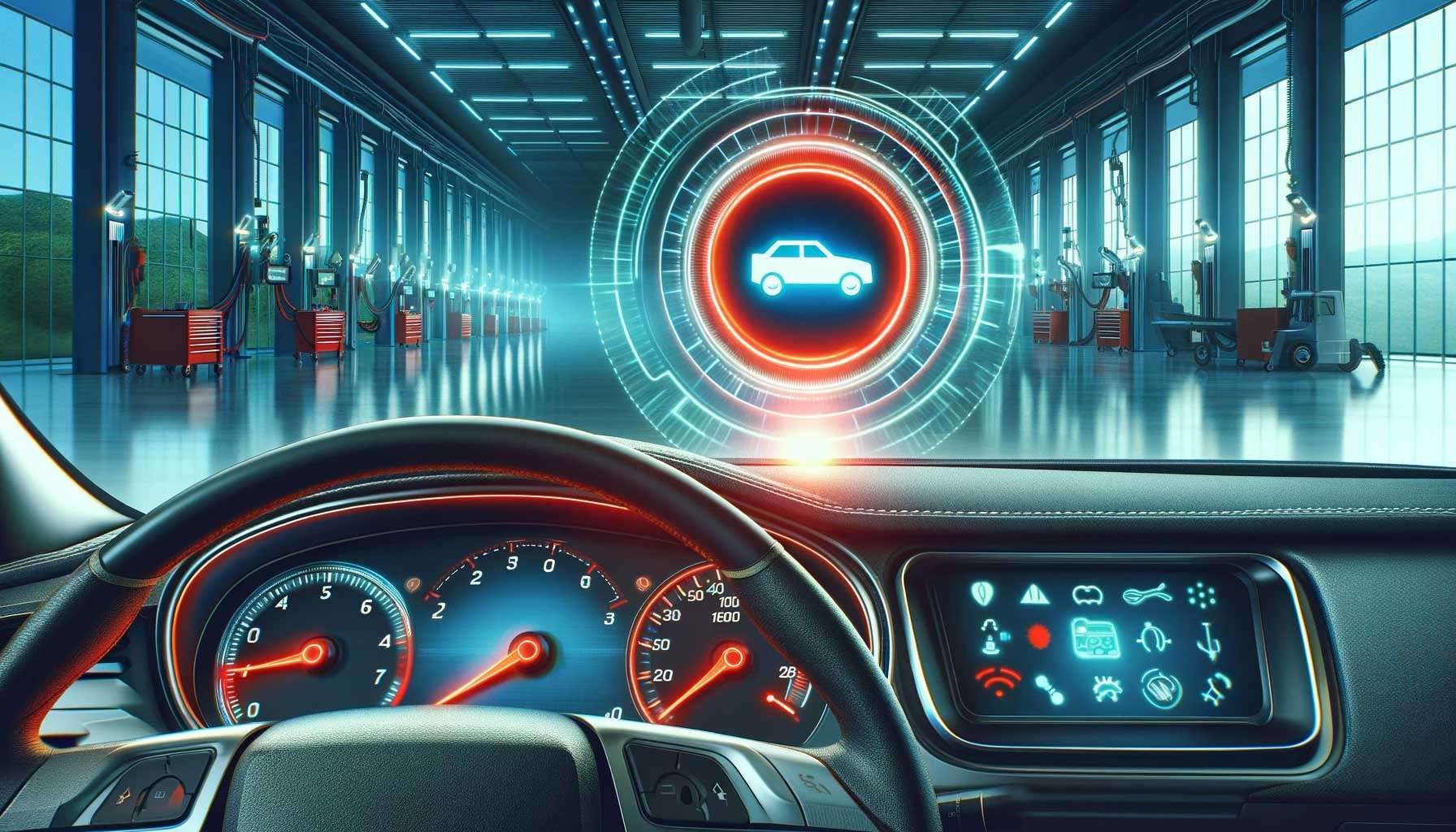The dreaded car check engine light, a small but mighty beacon of automotive uncertainty, can send shivers down the spine of even the most seasoned driver. It’s a signal, a cryptic message from your vehicle, hinting at potential problems lurking beneath the hood. Ignoring this illuminated warning is akin to dismissing a persistent cough – it might go away on its own, but more often than not, it’s indicative of a deeper issue that demands attention. Understanding the potential causes and knowing how to respond is crucial for maintaining your car’s health and avoiding costly repairs, especially concerning the car check engine light.
What Triggers the Check Engine Light?
The modern automobile is a complex network of interconnected systems, all monitored by an onboard computer. When this computer detects a deviation from the norm, a fault, or an anomaly in any of these systems, it illuminates the check engine light. This isn’t always a sign of impending doom, but it’s definitely a call for investigation.
Common Culprits
- Loose Gas Cap: Surprisingly, this is one of the most frequent causes. A loose gas cap can allow fuel vapors to escape, triggering an emissions-related error.
- Faulty Oxygen Sensor: Oxygen sensors monitor the amount of oxygen in the exhaust stream. A malfunctioning sensor can lead to poor fuel economy and increased emissions.
- Catalytic Converter Issues: The catalytic converter reduces harmful emissions. If it’s clogged or damaged, the check engine light will likely illuminate.
- Spark Plug or Ignition Coil Problems: These components are essential for igniting the air-fuel mixture in the engine. Issues can lead to misfires and reduced performance.
- Mass Airflow Sensor (MAF) Malfunction: The MAF sensor measures the amount of air entering the engine. A faulty sensor can disrupt the air-fuel ratio.
Responding to the Illumination
So, the dreaded light is on. What do you do? Don’t panic! Here’s a step-by-step guide:
- Check Your Gas Cap: As mentioned earlier, a loose gas cap is a common culprit. Tighten it and see if the light eventually goes off. It might take a few driving cycles.
- Note Any Performance Issues: Is the car running rough? Is fuel economy noticeably worse? Any unusual noises? These observations can help a mechanic diagnose the problem.
- Consider Using an OBD-II Scanner: An OBD-II scanner can read the diagnostic trouble codes (DTCs) stored by the car’s computer. These codes provide clues about the source of the problem.
- Consult a Qualified Mechanic: If you’re not comfortable diagnosing the problem yourself, or if the check engine light is accompanied by serious performance issues, take your car to a trusted mechanic.
Ignoring the Warning: A Risky Gamble
While some check engine light issues might seem minor, ignoring them can lead to more serious problems down the road. For example, a seemingly insignificant problem with an oxygen sensor could eventually damage the catalytic converter, resulting in a much more expensive repair. Furthermore, a persistent misfire could damage the engine’s internal components.
The car check engine light is a vital warning system, and it should be treated with respect. Addressing the underlying issue promptly can save you time, money, and potential headaches in the long run. Don’t let a small problem snowball into a major catastrophe.
DIY DIAGNOSTICS VS. PROFESSIONAL HELP
While a DIY approach with an OBD-II scanner can be tempting, especially for those with some mechanical aptitude, it’s important to understand its limitations. A scanner provides a code, but the code is just a starting point. It doesn’t pinpoint the exact cause; rather, it suggests potential areas to investigate. For example, a code indicating a problem with the oxygen sensor could be caused by the sensor itself, a wiring issue, or even a problem with the catalytic converter affecting the sensor’s readings.
WHEN TO SEEK PROFESSIONAL ASSISTANCE
– Unfamiliar Codes: If you encounter codes you don’t understand or can’t find reliable information about, it’s best to consult a professional.
– Complex Systems: Modern vehicles have incredibly complex systems. Diagnosing problems related to engine management, transmission control, or anti-lock braking systems often requires specialized tools and expertise.
– Persistent Issues: If you’ve tried basic troubleshooting steps and the check engine light keeps coming back, it’s a sign that the problem is more complex than you initially thought.
– Safety Concerns: If the check engine light is accompanied by symptoms that could compromise your safety, such as difficulty steering or braking, get your car to a mechanic immediately.
PREVENTING THE ILLUMINATION: PROACTIVE MAINTENANCE
While the check engine light is often triggered by unexpected issues, regular maintenance can significantly reduce the likelihood of it appearing. Following your vehicle’s recommended maintenance schedule, including oil changes, filter replacements, and spark plug replacements, can help keep your car running smoothly and prevent many common problems. Regular visual inspections can also help you identify potential issues before they escalate.
Maintenance Task
Frequency
Benefit
Oil Change
Every 5,000-7,500 miles (check your owner’s manual)
Reduces engine wear, prevents sludge buildup
Air Filter Replacement
Every 12,000-15,000 miles
Improves engine performance, fuel economy
Spark Plug Replacement
Every 30,000-100,000 miles (check your owner’s manual)
Maintains proper ignition, prevents misfires
Fuel Filter Replacement
Every 2 years or 30,000 miles
Ensures clean fuel delivery, protects fuel injectors
Ultimately, understanding your vehicle and paying attention to its signals is the key to avoiding major problems. The car check engine light isn’t an enemy; it’s a messenger, trying to communicate important information about your car’s well-being. By responding appropriately, you can keep your vehicle running smoothly and safely for years to come.

